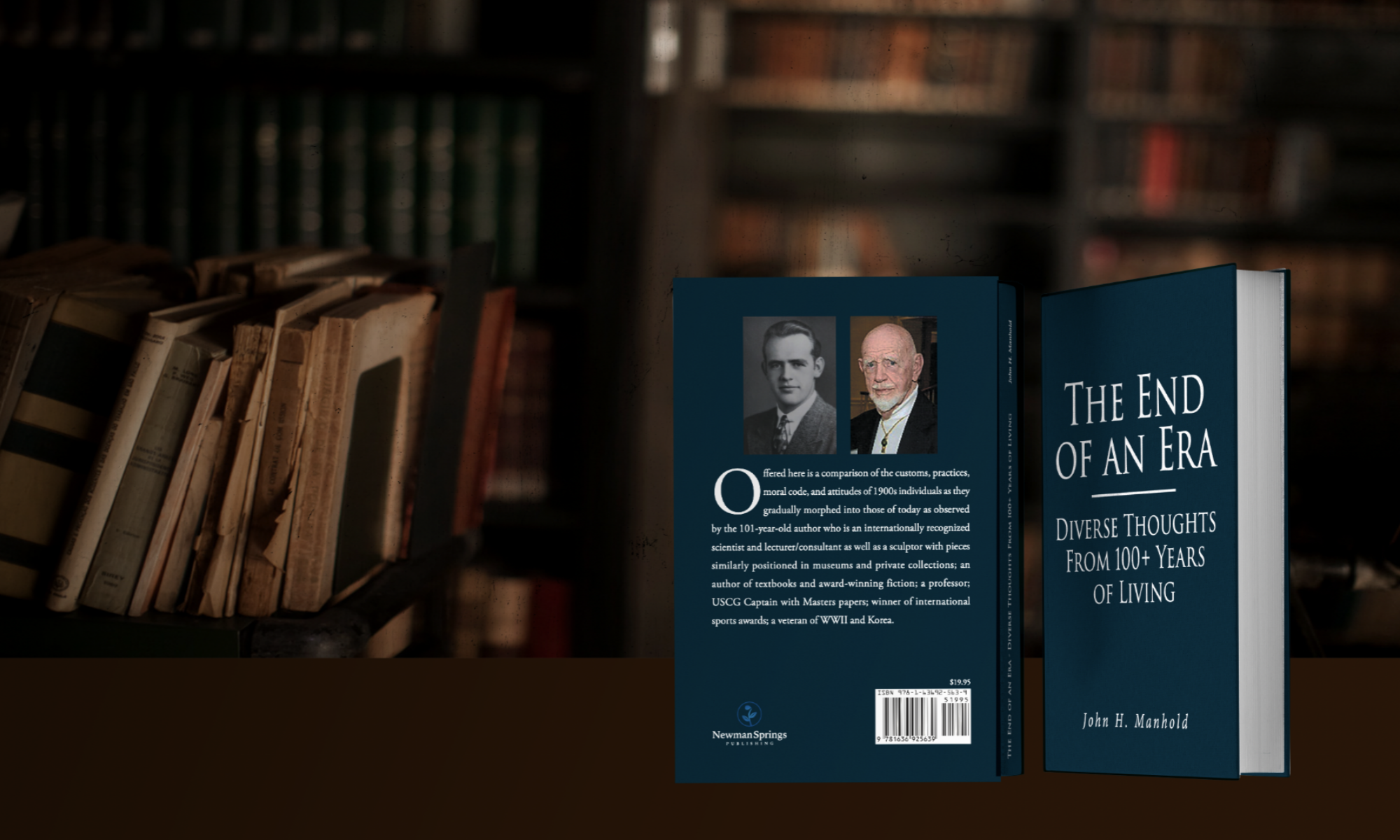The Robot and Automation Almanac 2019 ISBN: 9781946197153, Published and Copyright by Prestige Professional Publishing. Edited by Jason Schenker,
The mission of this book is to offer predictive information “For automation and robotics futurists everywhere.” It consists of several descriptions/analyses/conclusions independently written by prominent individuals considered to be most knowledgeable in their particular field of endeavor. The essays are gathered together by the editor who is Chairman of The Futurist Institute and a man who is one of the most eminent in the field. It is divided into four sections; One – Outlook for Robotics, that offers an ‘overview’ of Automation and AI in 2019 including a look at the vectors for robotics advancement and a coming ‘day-of-reckoning’, and also predictions for the future of AI as well as robotics growth and quantum computing’s future in 2019. Two – examines Socializing Robots where various aspects are analyzed from the viewpoint of evolving perceptions, their ability to bridge industry and steam education, the fact that every chatbot now is a voicebot, who’s collaborating with whom and most importantly the need to overcome existing fear with respect to robot/human interoperability and labor replacement fears. Three – examines Socializing Robots from the perspective of how these factors will power innovation, be it in transportation, construction or the advent of “smart cities” and also the further advance of Blockchain and automation in the financial services sector. Section Four – Robots in the Supply Chain examines/ analyzes/ predicts the effects that will result from advancing innovation in this necessary section of the economy. Relatively brief material About the Futurist Institute, About the Author, About the Publisher and Disclaimers terminate the book.
Discussion: The selection offers an interestingly varied view of these rapidly advancing technologies by several individuals prominent in their respective areas. As quoted above, the selection has been offered to update “futurists everywhere” with what is transpiring to treat the environmentally unsustainable and thus totally disastrous worldwide “tsunami of data” that “is expected to consume one fifth of the world’s energy use by 2025.” A few of the more interesting suggestions from this reviewer’s perspective: discussion of the fusion of the physical, digital and biological world by this “fourth Industrial Revolution”; the manner in which robot-human interrelationships will be developed for greatest gain and little actual loss in human man-hours; the growth of presently functioning “smart pilots” into fully developed “smart cities”. However, generally speaking and most regrettably from this reviewer’s perspective, this book provides a rather superficial overview with a considerable amount of repetition, Further, there often is a seeming suggestion that each essayist and/or the approach offered can provide the most authoritative answers. Thus, judicious editing and perhaps greater essayist coordination would seem to have eliminated considerable portions of both problems, although having read several of the editor’s books, a similar inclination also seems to pervade his writing. But perhaps his impressive qualifications and positions make his stance more acceptable.
3* Interesting, but rather superficial discussion/predictions for 2019 technology.
